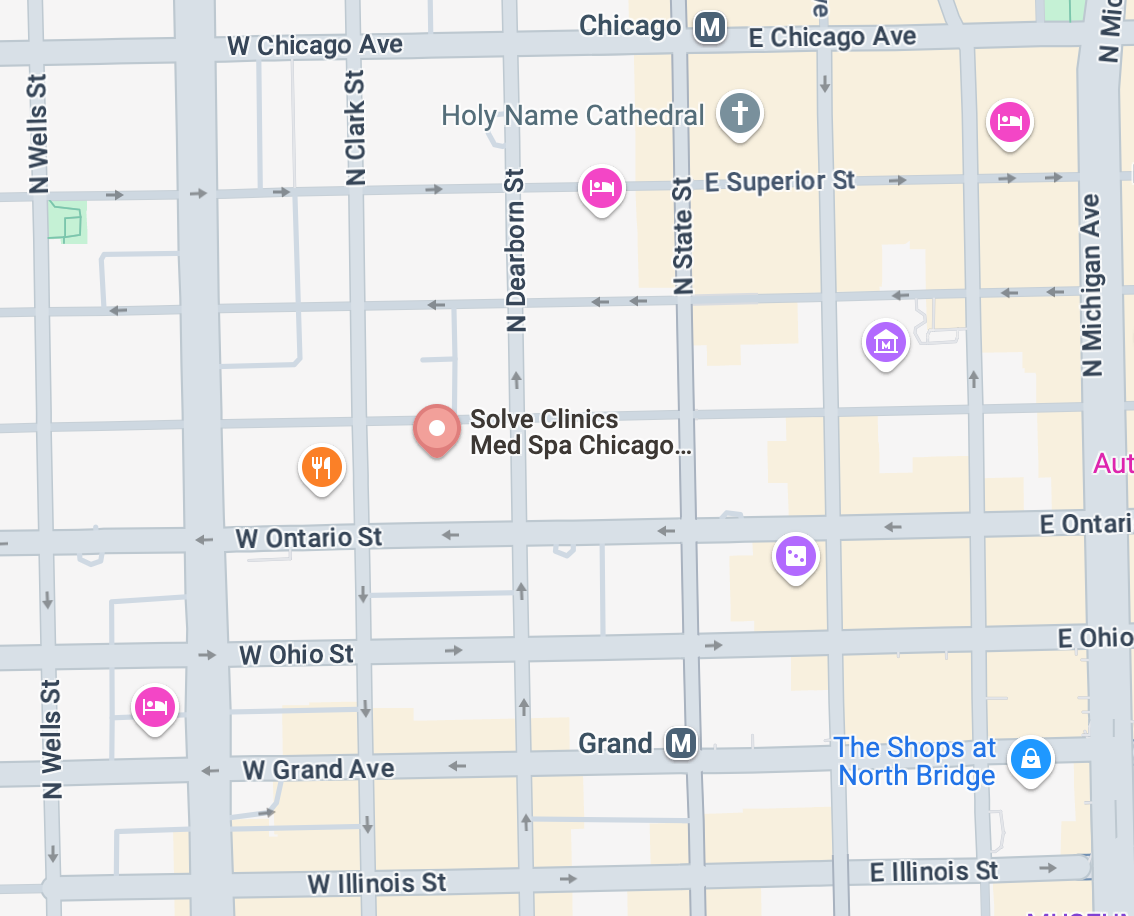If you’re asking, “What is Botox and how does it work?” you’re not the only one. Botox is a neurotoxin that temporarily relaxes muscles to smooth out wrinkles and fine lines. But what does Botox do for you? Medically, it’s used to treat various conditions by reducing muscle activity. Essentially, Botox helps with both cosmetic and therapeutic needs, offering a range of benefits from wrinkle reduction to treating muscle-related issues.
Table of Contents
ToggleWhat does Botox do?
What exactly does Botox do? Botox works by temporarily blocking nerve signals to specific muscles, which causes these muscles to relax. This relaxation smooths out wrinkles and fine lines, giving the skin a fresher, more youthful appearance. Essentially, Botox reduces the appearance of dynamic wrinkles by preventing muscle contractions.
Beyond its cosmetic uses, Botox is also utilized for various medical conditions. It can help treat chronic migraines, excessive sweating, and muscle spasticity. By targeting specific muscles or glands, Botox can alleviate symptoms and improve quality of life for those with these conditions.
What is Botox used for medically?
What does Botox treat medically? Botox is used to address various health conditions beyond its more well known cosmetic uses. Common medical uses for Botox include managing chronic migraines, excessive sweating (hyperhidrosis), and muscle spasticity. By targeting specific nerves, Botox provides relief and improves quality of life.
In addition to these primary uses, Botox is also employed to treat overactive bladder and certain eye disorders, such as strabismus. Understanding the medical uses for Botox highlights its versatility and effectiveness in offering non-surgical solutions for various health issues.
Botox has several FDA-approved medical uses, providing effective treatments for a range of conditions:
Treatment of Blepharospasm and Other Eye Muscle Problems
Botox is used to manage blepharospasm, a condition characterized by involuntary blinking or muscle spasms around the eyes. By temporarily paralyzing the affected muscles, Botox reduces these spasms, improving vision and comfort. This application is FDA-approved for treating eye muscle disorders and is one of the other uses for Botox. It provides significant relief to patients who experience discomfort and vision impairment due to muscle overactivity.
Cosmetic Treatment for Moderate to Severe Frown Lines
Botox is well-known for its cosmetic use in treating moderate to severe frown lines between the eyebrows. By relaxing the muscles responsible for these lines, Botox smooths the skin and reduces the appearance of wrinkles, creating a more youthful look. This use is FDA-approved and can be considered a form of preventative Botox, as it helps delay the formation of deeper wrinkles and maintains a smoother facial appearance over time.
Treatment of Wrinkles Around the Corners of the Eyes (Crow’s Feet)
Botox is effective in treating crow’s feet, the wrinkles that form around the corners of the eyes due to aging and repetitive facial expressions. It works by relaxing the muscles that cause these lines, leading to a smoother and refreshed appearance. This common FDA-approved cosmetic treatment is part of the broader types of neurotoxins used in aesthetic medicine and is popular for its ability to enhance facial aesthetics.
Chronic Migraine
Botox is FDA-approved for preventing chronic migraines in adults, particularly for those who experience headaches more than 15 days a month. It helps by blocking the release of certain chemicals involved in pain transmission, which reduces the frequency and severity of migraine attacks. This use exemplifies how a neuromodulator like Botox can address neurological conditions and significantly improve a patient’s quality of life.
Overactive Bladder
For patients suffering from an overactive bladder, Botox offers relief by reducing the urgency and frequency of urination. It works by relaxing the bladder muscles, which helps to alleviate the discomfort and inconvenience associated with this condition. This application is FDA-approved for adults and effectively manages symptoms that disrupt daily life.
Leakage of Urine (Incontinence) Due to Overactive Bladder
Botox is used to treat urinary incontinence caused by an overactive bladder, especially when linked to neurological conditions. Decreasing involuntary contractions of the bladder muscles helps control leakage and improves urinary function. This FDA-approved treatment provides significant relief for adult patients, demonstrating the versatility of Botox in managing complex conditions.
Cervical Dystonia
Botox is effective in treating cervical dystonia, a neurological disorder that causes severe muscle contractions in the neck and shoulders. By injecting Botox into the affected muscles, it helps to relieve pain and improve movement, offering significant relief from muscle spasms. This FDA-approved treatment highlights the long term effects of Botox on muscle control and its role in managing chronic conditions.
Adult and Pediatric Spasticity
Botox is FDA-approved for treating spasticity, which involves muscle stiffness and spasms, in both adults and children. It helps by relaxing overactive muscles, which improves movement and functional abilities. This application demonstrates Botox’s effectiveness across different age groups and its role in managing muscle spasticity.
Severe Underarm Sweating (Axillary Hyperhidrosis)
Botox is approved for treating severe underarm sweating, also known as axillary hyperhidrosis. It works by blocking the nerve signals that activate sweat glands, resulting in a significant reduction in perspiration. This FDA-approved treatment is particularly effective for individuals struggling with excessive sweating and provides long-lasting relief.
Pediatric Detrusor Overactivity Associated with a Neurologic Condition
In children with neurologic conditions leading to detrusor overactivity (bladder contractions), Botox helps by relaxing the bladder muscles and improving urinary control. This use is FDA-approved for pediatric patients and underscores the effectiveness of Botox in addressing various conditions that impact quality of life in both children and adults.
Our conclusion on what Botox does
In summary, Botox offers a versatile solution for reducing the appearance of fine lines and wrinkles by temporarily relaxing targeted muscles. Botox can provide noticeable results and a refreshed appearance, whether you’re addressing crow’s feet, forehead lines, or other areas.
To maximize the benefits, consider factors like treatment area, frequency, and individual response. Contact us today for personalized advice and to explore our Botox in Chicago treatments and options.
